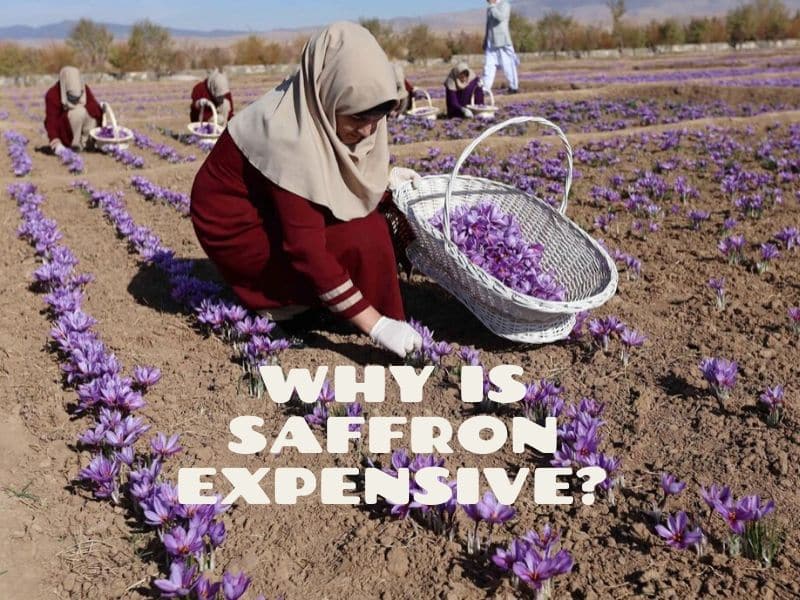Blog
Why is Kashmiri saffron so expensive?

Saffron is an autumnal bloom. It’s harvested in the fall and takes about 6,500 handpicked stigmas to produce just one pound of saffron threads. The Kashmir valley in India produces some of the best saffron in the world, which explains why this spice is so expensive: it takes a lot of time and effort to cultivate. Saffron from Kashmir has a delicate flavor and aroma that only comes from using high-quality stigmas with minimal impurities or damage on them.
Saffron is an autumnal bloom.
Saffron is an autumnal bloom. It’s harvested in October and November, which means that the Kashmiri saffron crop has to be ready for harvest before the start of winter. This means that every year there’s a limited window to grow it before the cold sets in, which makes it difficult for farmers and increases costs.
Saffron is the dried stigma of Crocus sativus Linn., commonly known as “saffron crocus” or “saffron corm”. The three stigmas (threadlike structures) found on each flower are removed by hand and dried to make this spice, which is then used all over the world as a seasoning and coloring agent for food dishes like paella or risotto Milanese
Kashmiri saffron has a delicate flavor and aroma.
Kashmiri saffron has a delicate flavor and aroma. Saffron from the Kashmir valley is considered among the best in the world because of its high quality, low yield per acre, and rich soil.
The Kashmir valley’s climate allows for better harvesting.
Saffron is a delicate flower, and it takes about 75,000 flowers to produce just one kilogram of dry saffron. The Kashmir valley’s climate allows for better harvesting. The region is at higher altitude than most other saffron-producing regions, which means its soil is more fertile and the weather conditions are milder. Additionally, because it’s located near the Himalayas (a mountain range), melting snows deposit nutrients into the soil that boost its fertility even further.
Larger stigmas mean higher quality saffron.
- Larger stigmas mean higher quality saffron.
- The stigma of a flower is the part that contains its reproductive organs, and it’s what you want to look for when buying saffron (and other kinds of spices). The more mature and developed your stigma is, the higher quality your spice will be. This means that if you’re buying Kashmiri saffron, you want a large yellow-orange stigma with lots of orange-colored pistils sticking out from its center–that means it’s fresh!
- Larger stigmas are more potent than smaller ones.
- In addition to being more flavorful than smaller stigmas on their own, larger ones can also be ground up into less expensive powder form without losing much potency at all; this makes them ideal for cooking purposes because they won’t make dishes too spicy but will still have plenty of flavor when added into recipes for marinades or sauces like ras malai curd
Saffron from the Kashmir valley is considered among the best in the world because of its high quality and the low yield per acre.
Kashmiri saffron is considered among the best in the world because of its high quality and the low yield per acre. Saffron from this region is handpicked, dried by hand and has a distinct aroma and flavor.
Kashmiri saffron has a deep red color with a more floral fragrance than Spanish or Iranian varieties. It’s also more expensive: A gram of Kashmiri Saffron costs about $7-$10, compared to about $1 for Iranian Saffron or $4 for Spanish Saffron (though this varies based on grade).
We hope this article has given you a better understanding of Kashmiri saffron and why it is so expensive. We also want to remind readers that there are many other varieties of saffron, including Spanish, American and Iranian varieties which may be less expensive but still offer great taste!


